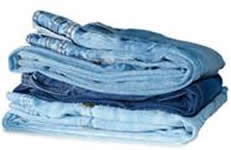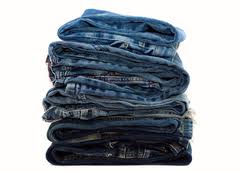Jeans bleaching – advantages and risks of different bleaching processes (3/3)
 In the first part of this article series a general list of requirements for jeans bleaching was introduced. In the second part the different processes to bleach denim garments were discussed. In this part all bleaching processes are compared in an overview, and the various chemical, physical and mechanical treatments are assessed against ecological criteria, especially considering the ZDHC program, to identify the processes with lowest impact to the environment. The target is to select processes which have a good price/performance level and good reproducibility, while using environmentally friendly chemicals.
In the first part of this article series a general list of requirements for jeans bleaching was introduced. In the second part the different processes to bleach denim garments were discussed. In this part all bleaching processes are compared in an overview, and the various chemical, physical and mechanical treatments are assessed against ecological criteria, especially considering the ZDHC program, to identify the processes with lowest impact to the environment. The target is to select processes which have a good price/performance level and good reproducibility, while using environmentally friendly chemicals.
Characteristics of the different bleaching processes
Table 1 shows some importance aspects of the different bleaching systems, which have been outlined in part 2 of this report. In the upper part of the table the relevant process parameters are shown, and in the lower part of the table the ecologically relevant parameters are shown.
To read the full article, please login. The full content of this article and all premium articles is available exclusively for site members.
Site membership is free. If you are an existing user, please login. New users may register below.


